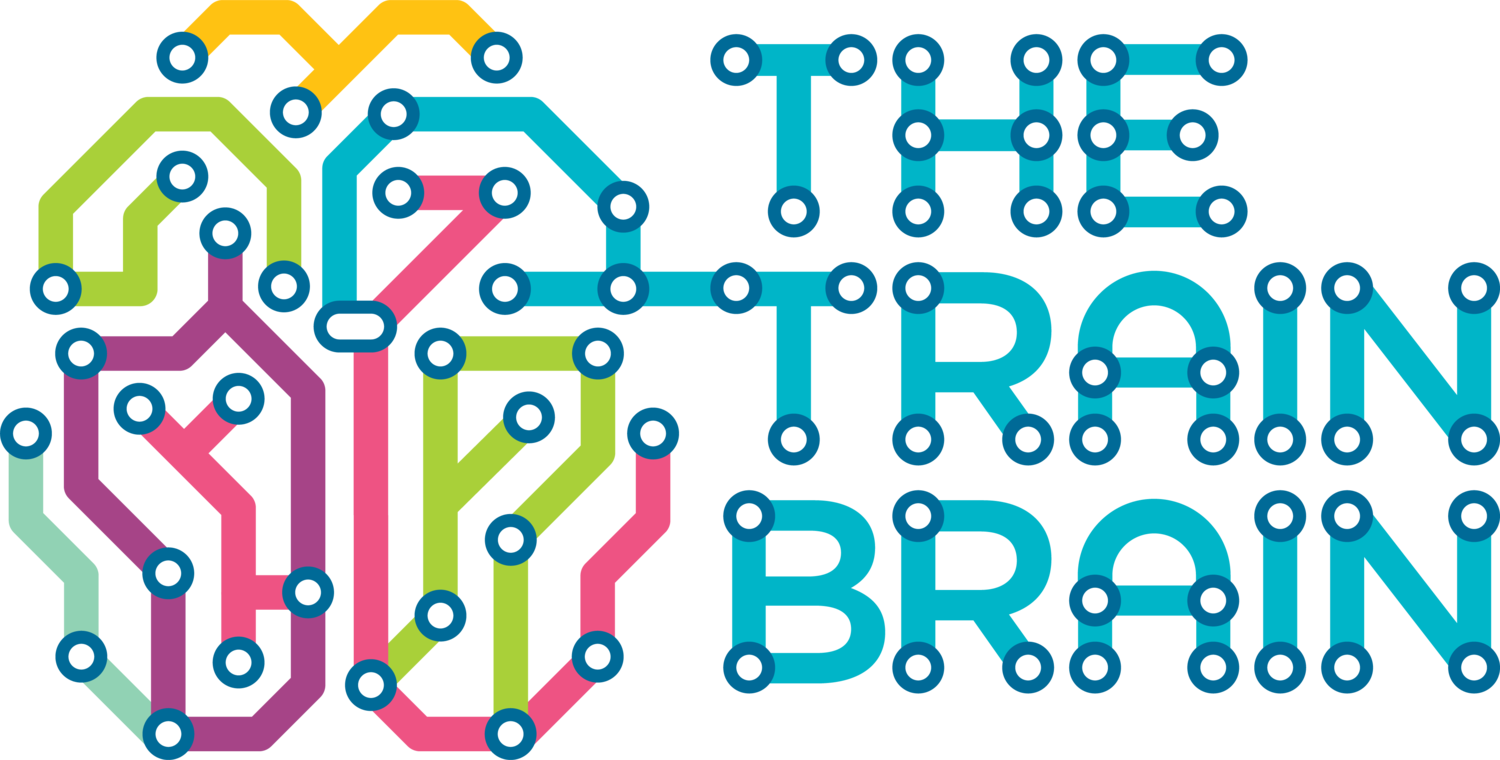Ridership forecasting
This model predicts the probability of number of passenger onboarding and offboarding at each stop. This is computed as a risk assessment - what is the probability of 1 person onboarding at stop A, the probability of 2 people onboarding at A etc.
There are many examples of classification models that have been built for communicating onboard crowding in trip planners, this is a different approach where focus is on providing actionable information to traffic production. The idea is that if we can predict demand then we can make more effective use of the resources at hand - vehicles and staff. i
This enables new capabilities in public transport
Proactive management of crowding onboard - automate action when acceptable threshold is exceeded
Proactive trip planning - suggest alternative route when risk is high for no available seat or standing
More effective resource allocation - balance supply (onboard capacity) and demand (net ridership)
Some examples of data that can be derived from this model
How supply and demand can be computed
Supply
Driving times on adjacent buses explain bus movements and enable a forecast of next week's driving times including delays
This is then matched to the vehicle type's total on-board capacity or the desired capcity level
Demand
Historical data (18 months) of passenger counting data
Adjust using the most recent 4 weeks of passenger counting data
Previous weekday is weighted up
Adjustments using hourly estimates from passenger counting earlier the same day
Adjustments using the delay forecasting models

